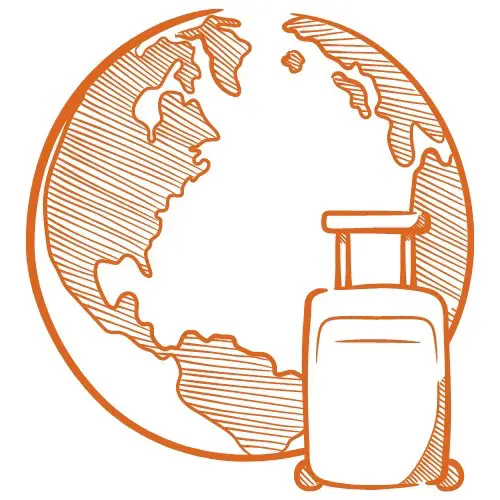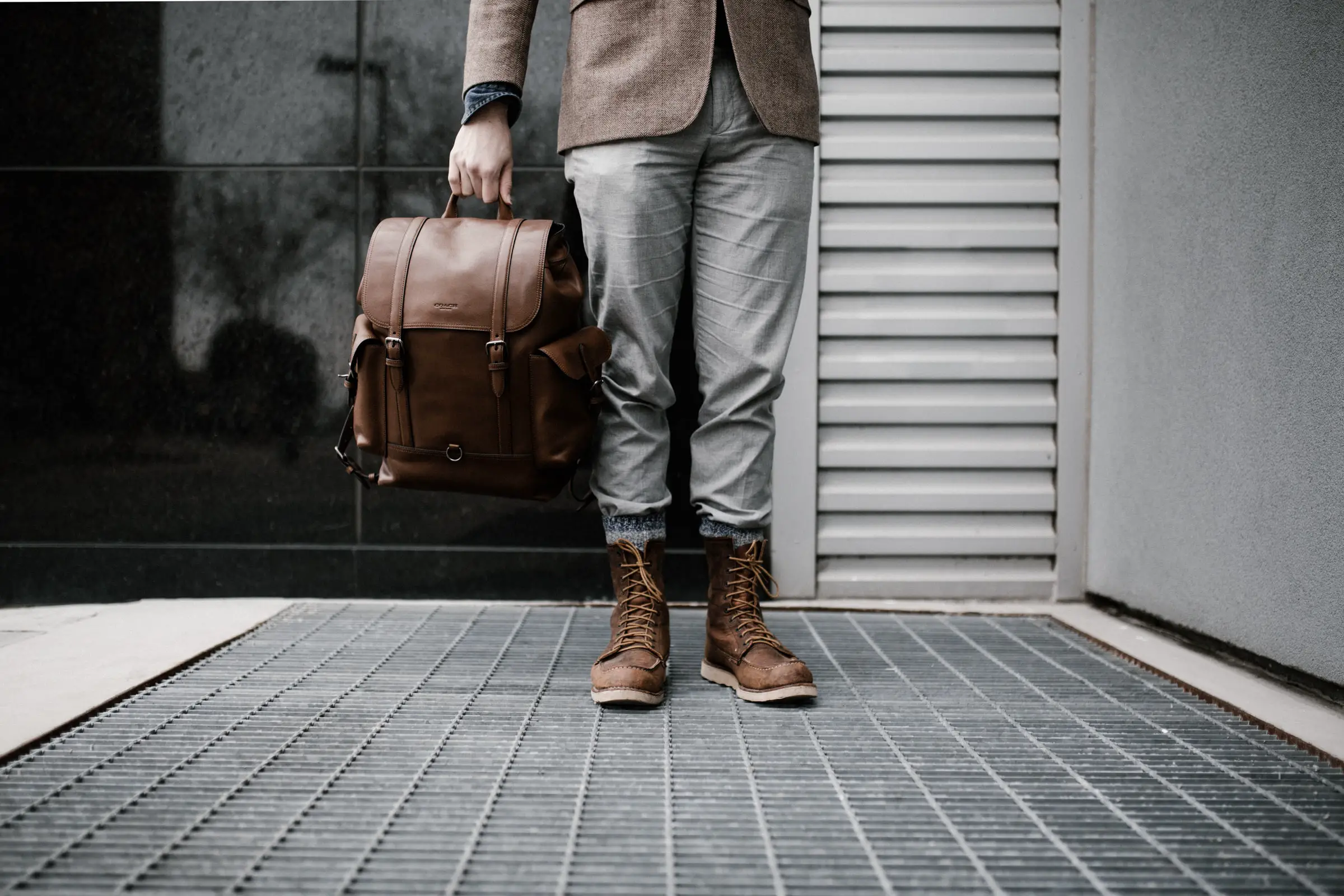Whether you are planning a vacation for a week, a month, or maybe even a full year, one of the most important pieces of gear is the bag that accompanies you through your adventure: a travel bag that will safely and comfortably store your belongings. There’s just one question that confuses everyone who comes across it – what is a rucksack bag? And, how does it differ from a backpack?
First, a rucksack “bag” is just a rucksack: the word “bag” ends up being redundant. Second, and most importantly, a rucksack is actually a sort of backpack! Many people use the terms interchangeably, and the most obvious differentiating factor between a rucksack and a backpack is the size. A backpack is typically smaller than a rucksack.
There’s much more to it than that, however, so let’s explore a few of the critical differences between the two and how to choose the right rucksack.
Differences between a rucksack and a backpack
Let’s sum up the fundamental differences between both the bags.
Common characteristics of a backpack
- Lightweight and smaller in comparison to a rucksack
- Typically has a side-pocket for carrying a water bottle
- Will often redirect the load to cushioned hip belts
Common characteristics of a rucksack
- Contains a sizeable primary compartment that is reachable from the top – expect to cinch or tie this opening to close it
- Small pockets on the outside
- Belts and loops for holding things like containers and sleeping bags
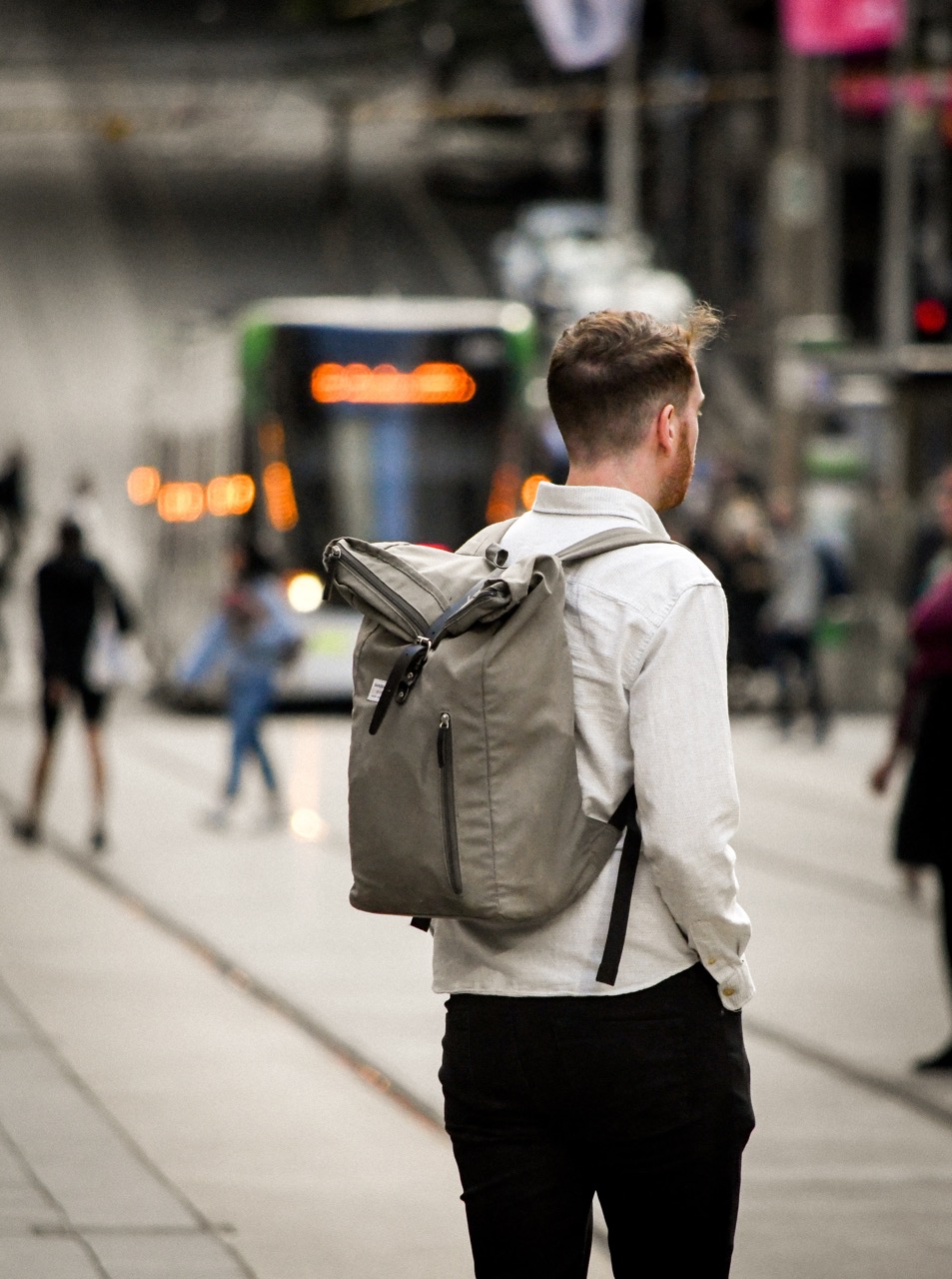
General differences between a rucksack and a backpack
A backpack is smaller than a rucksack, with 50 liters or more in terms of capacity. Furthermore, a backpack is a bag that you can carry on your back with shoulder bands – it’s what we’ve all grown up seeing, so it’s easy to identify.
A rucksack, on the other hand, is larger in comparison by volume. And although you can also carry a rucksack on your back, it is usually different in material and use: rucksacks are often made of canvas and are commonly used for outdoor or military use (i.e., rugged use-cases).
A rucksack, in comparison to a backpack, generally has numerous pockets and belts to hold onto various kinds of hardware equipment. In essence, a large rucksack would appropriate for anything, from an all-encompassing camping adventure to hiking to traveling the world over.
Other interesting differences
“Backpack” appears to be what suppliers most often use when discussing climbing gear in the U.S. Additionally, people in the U.S. regularly related backpacks to a youngster’s schoolbag. However, in a broader sense, a backpack is also a travel bag that’s sufficient for a weekend or a day trip. People in the UK likewise appear to lean towards the use of the word “backpack,” rather than “rucksack.”
Check this out:
If you’re looking for a different kind of bag for weekend getaways, consider weekender bags!
Why is a rucksack the best option for you?
Before we tell you why you should choose a rucksack, let’s quickly look at the source of the word. The word “rucksack” has a German origin, where “
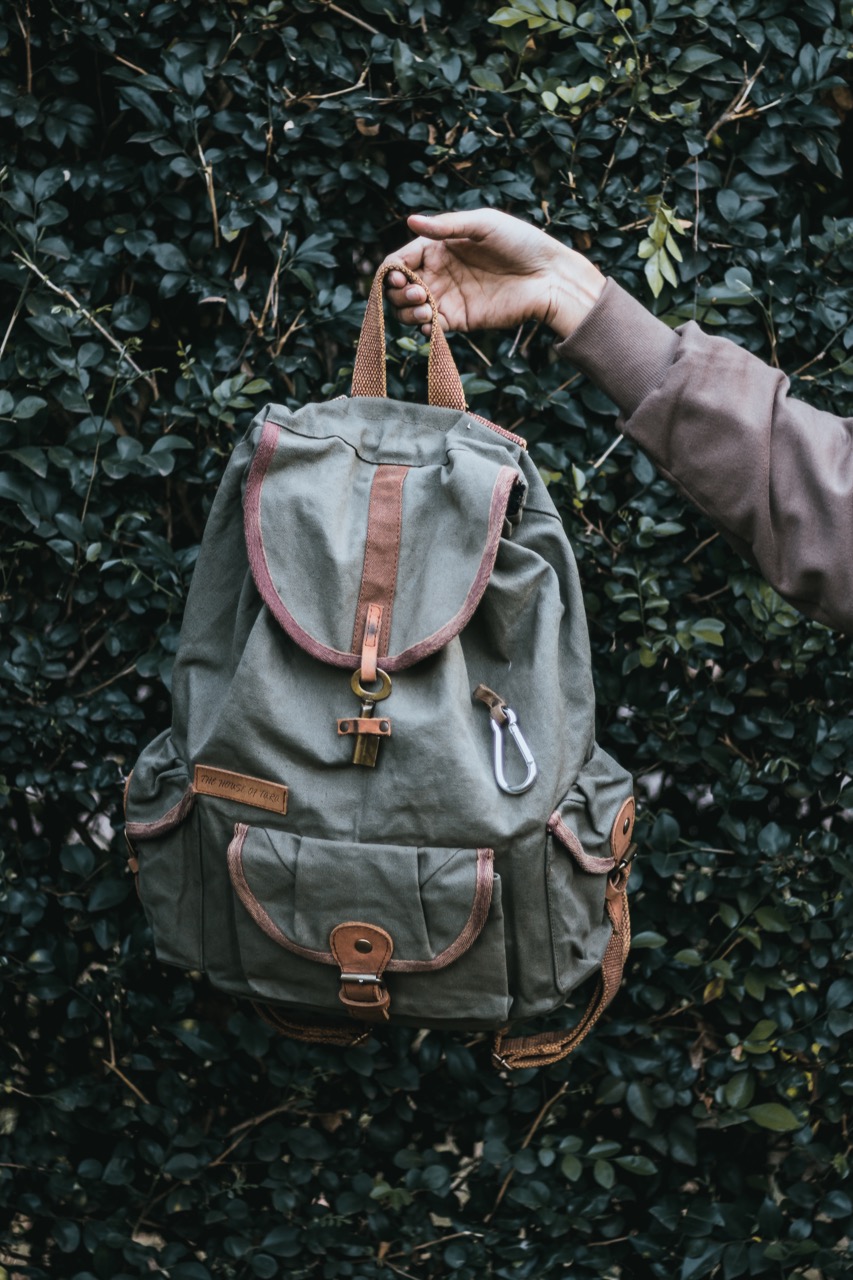
Three reasons to choose a rucksack
1. Easy on your feet
With a rucksack, you’ll be able to venture off and explore off-the-beaten paths and ledges with relative ease. This is because with rucksacks, given that they were meant to carry heavier loads, the weight will be better distributed. Furthermore, this better weight distribution will allow you to travel through cities more effectively.
Depending on the size of your rucksack, you may also come off as less obtrusive as you wander through cities, making you less of a target for crooks.
2. Perfect for frequent travelers
Frequent travelers and globe trotters need something that can stand the test of time and the realities of travel. Bags that can offer something in the style department – but mostly just a bag that can take beatings while holding plenty of things. That, in essence, is a rucksack: sturdiness, pockets, and protective of prying hands.
3. Budget-friendly
Packing things properly into a compressed rucksack can save you quite a lot on baggage fees! With a little bit of minimalism and a modestly-sized rucksack, you can bring the bag onboard with you as a carry-on and avoid paying for luggage.
How to choose the perfect rucksack
It may seem superficial, considering all of the magic that travel entails; however, selecting the right bag (or in this case, rucksack), can make or break a getaway. It’s one of the first things you do, and one of the most important – a travel bag can either perfectly complement your trip or seriously hinder you from enjoying it.
Whether you’re planning a gap-year in Southeast Asia or planning a long, vigorous hike through a renowned forest trail, let’s go over what you need to consider when choosing the right rucksack.

Six steps to the perfect rucksack
As with most products, the adage of “you get what you pay for” applies here. However, before you can even consider price, you have to take into consideration a few other components.
1. Comfort comes first
As it would be with shoes, the fit has to be right. The best way to test this, of course, is to either purchase it in-store or online at a reputable retailer with a forgiving return policy. Either way, before pulling the trigger, you have to make sure the bag feels and fits appropriately because it could make the difference between exploring a place happily… or miserably.
2. Size does matter
Take it from people who have lugged around huge backpacks for months and months at a time. If your backpack or rucksack is larger than it needs to be, it may lead to you overpacking – something your back is not going to be too happy about. Here are a few guidelines to keep in mind.
At one extreme, there are 70-liter rucksacks: this is the largest size that only people in extreme use cases should purchase.
The ideal size rucksack for the vast majority of people is 60 liters. Young ladies can go with 50- or 55-liter rucksacks, while men can somewhat comfortably size up to 60 or 65 liters if necessary.
3. Convenient straps
Generally speaking, a good rucksack will incorporate adequately-designed weight-bearing straps to help transform your overwhelming bag into a genuinely accommodating rucksack.
The whole goal of the rucksack is to take the load off of your shoulders and place more of it onto your hips: equal distribution of weight is fundamentally better for you, as it will allow you to hike, climb, and move around much more easily. These days, many of the larger rucksacks also incorporate hip belts as a standard.
All in all, sturdy shoulder straps are vital and ought to be comfortable (i.e., have plenty of padding).
4. Pockets, pockets, and more pockets
One of the best reasons for picking a rucksack as a travel bag is the insanely useful amount of pockets they typically have. There’s nothing worse than having to open your entire bag every single time you want to access something.
That’s not a problem you’ll likely have to worry about with rucksacks.
Rucksacks and their generous pockets allow you to allocate certain sections throughout the day much more efficiently (e.g., when you need to access toiletries, cash, garments, passport/documentation, etc.). The best rucksack pocket design is a U-Shaped opening pocket, as it’ll allow you easy access.
5. Rucksacks for the fast-paced
Certain rucksacks are designed to be as small, light, and as form-fitting possible. Their small size and capacity only permit you to store a few essentials: phone, food, water, etc. – but they are much better suited to individuals who value mobility and comfort above all else.
6. If you can, go for additional features!
So you’ve determined all of the rucksack characteristics that sound perfect for you and your journey. If you can swing it, don’t skimp on the features! They may keep your bag from falling apart or getting soaked mid-trip, as is the case with specific materials, or help you to store things more conveniently, as is the case with included ties that help you adjoin helpful kits and pockets for water bottles.
If you’re flying, don’t forget to weigh your luggage to make sure it doesn’t exceed the airline’s weight limits. Here are a few options to weigh your bag.
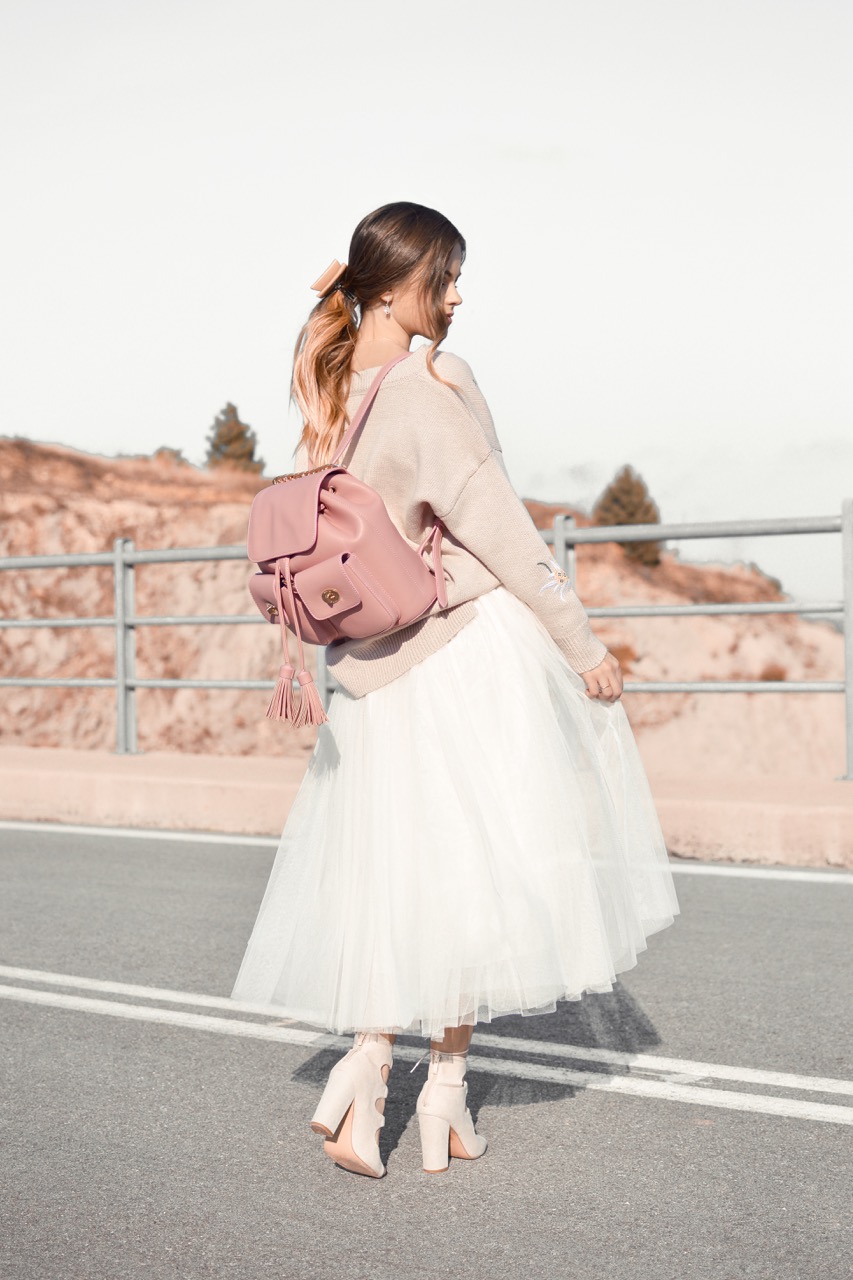
Related questions
How do you pack everything into a rucksack?
As a rule, you should pack the most substantial things closest to your back within the rucksack. Packing this way will guarantee that the heaviest contents of your bag are closest to your focal point of gravity, which would, in turn, decrease the rucksack’s downward pull on you.
Do I need a gender-specific rucksack?
In short, no. Get whatever feels and sits comfortably on your body.
A few modern rucksacks in the market are gender-specific in their structure. It is nothing to do with the look of the bag, yet rather, the general size, shape, and expected position on your body.
Ladies’ rucksacks have increasingly curved ‘S’-formed straps, while men’s bag straps tend to be straighter. The hip belt on a women’s rucksack may sit somewhat higher, and lastly, the backs on women’s rucksacks are shorter than their male counterparts.
